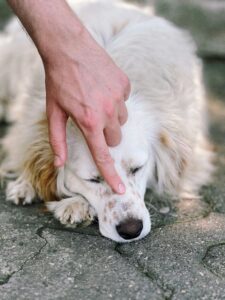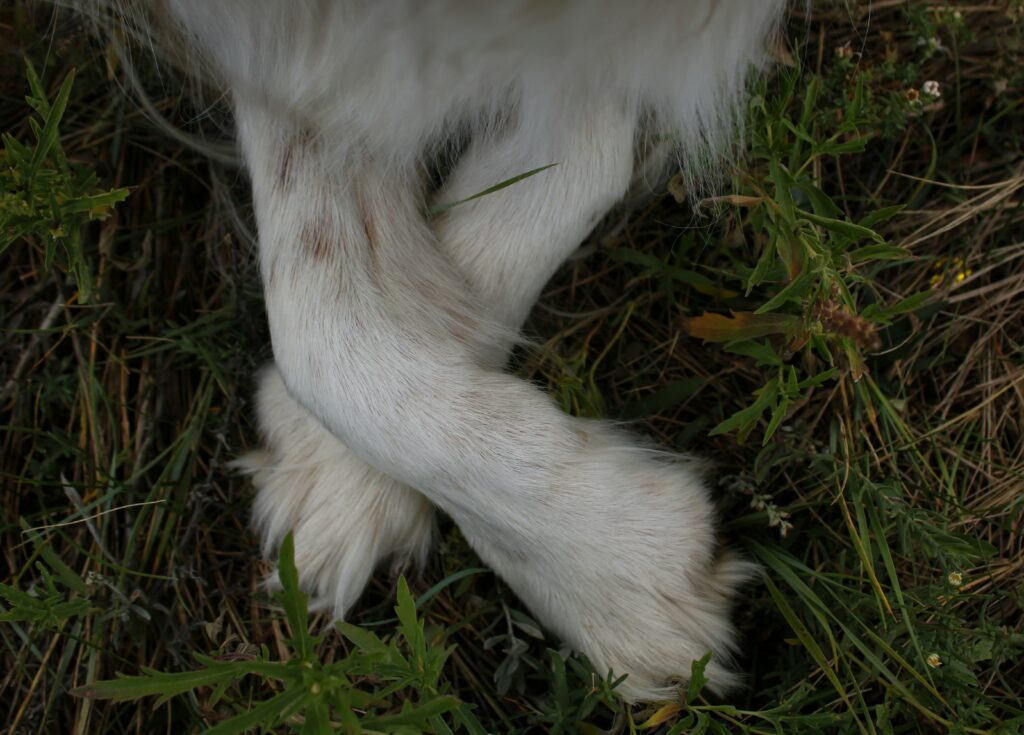Senior Support: Caring for Aging Joints with Compassion
As dogs enter their golden years, their pace slows, their naps grow longer, and their movements become a little stiffer. These changes are natural—but with the right care, older dogs can remain comfortable, mobile, and joyful well into their senior stage.
Aging joints don’t mean an end to activity or happiness. They simply require more compassionate support, thoughtful adjustments, and consistent attention to help dogs stay strong and pain-free.
1. Recognize the Signs of Joint Aging Early
The first step in caring for aging joints is recognizing when they need extra help. Subtle changes can appear slowly, so it’s important to notice early signs, such as:
-
Hesitation when jumping or climbing stairs
-
Stiffness after rest
-
Slower movements during walks
-
Licking or chewing at certain joints
-
Changes in posture or gait
Catching these cues early allows you to take preventive action before discomfort becomes pain.
2. Keep Weight Under Control
Excess weight is one of the biggest contributors to joint deterioration. Each additional pound increases pressure on hips, knees, and elbows.
If your senior pup has gained a few pounds, talk to your vet about adjusting their calorie intake or switching to a senior or weight-control formula. Even a small reduction in weight can dramatically reduce strain on aging joints and make movement easier.
 3. Embrace Gentle, Consistent Exercise
3. Embrace Gentle, Consistent Exercise
Rest is important, but too much rest can lead to muscle loss and even stiffer joints. The goal is gentle, consistent movement that keeps muscles engaged and joints lubricated.
Great low-impact activities include:
-
Leisurely walks on soft grass or flat terrain
-
Swimming or hydrotherapy, which reduces pressure on joints
-
Short indoor play sessions with soft toys
-
Stretching and range-of-motion exercises to maintain flexibility
Consistency matters more than intensity—frequent short walks are better than long, exhausting ones.
4. Support With Supplements
As dogs age, the cartilage protecting their joints naturally thins. Supplements help slow this process and ease inflammation. Common senior-friendly options include:
-
Glucosamine and Chondroitin for cartilage repair
-
Omega-3 Fatty Acids to reduce stiffness
-
MSM and Collagen for joint cushioning and flexibility
-
Green-lipped Mussel for natural anti-inflammatory benefits
Always consult your vet before starting new supplements, especially for senior dogs on medication.
5. Make the Home Senior-Friendly
Small environmental changes can have a big impact on your dog’s comfort and safety:
-
Add rugs or non-slip mats on hardwood or tile floors
-
Use ramps or steps for getting on the couch, into the car, or up stairs
-
Provide orthopedic or memory foam bedding for joint support
-
Keep food and water bowls elevated to reduce neck and shoulder strain
Think of it like “aging in place” for dogs—simple updates that let them move confidently and comfortably around their favorite spaces.
 6. Massage and Physical Therapy
6. Massage and Physical Therapy
Just like humans, dogs benefit from massage and physical therapy. Gentle massages improve circulation, ease stiffness, and relax tight muscles. Many veterinarians and canine rehabilitation centers offer laser therapy, acupuncture, or hydrotherapy—all of which have been shown to reduce pain and increase mobility in older dogs.
A few minutes of gentle rubbing each day around your dog’s shoulders, hips, and legs can help loosen tightness and bring comfort.
7. Prioritize Warmth and Comfort
Cold weather can make joint stiffness worse. During colder months, keep your senior dog’s bed in a warm, draft-free area and consider using a heated pet bed or thermal blanket.
Shorter outdoor sessions in winter paired with cozy rest afterward help prevent discomfort while still encouraging daily movement.
8. Regular Vet Checkups Matter More Than Ever
Senior dogs should have biannual wellness exams to monitor joint health, weight, and any developing arthritis. Vets can recommend pain management options like anti-inflammatory medications, physical therapy, or specialized diets if needed.
Early detection means less pain and better mobility for longer.
9. Emotional Support and Patience
Aging dogs often need more than physical care—they need reassurance. As movement slows, their confidence can waver. Offering patience, praise, and affection during walks or mobility challenges keeps their spirits high.
Simple gestures—helping them up gently, celebrating small victories, and maintaining familiar routines—build security and trust.
10. The Joy of Growing Older Together
Senior dogs have given us years of loyalty, love, and laughter. Supporting their joints with compassion and consistency is one of the greatest gifts we can return.
By adjusting their lifestyle, managing weight, incorporating supplements, and keeping movement gentle and joyful, we help them age gracefully—still chasing balls (at their own pace), enjoying their walks, and curling up pain-free beside us.
Every comfortable step your dog takes is proof that love, care, and attentiveness truly make a difference.

